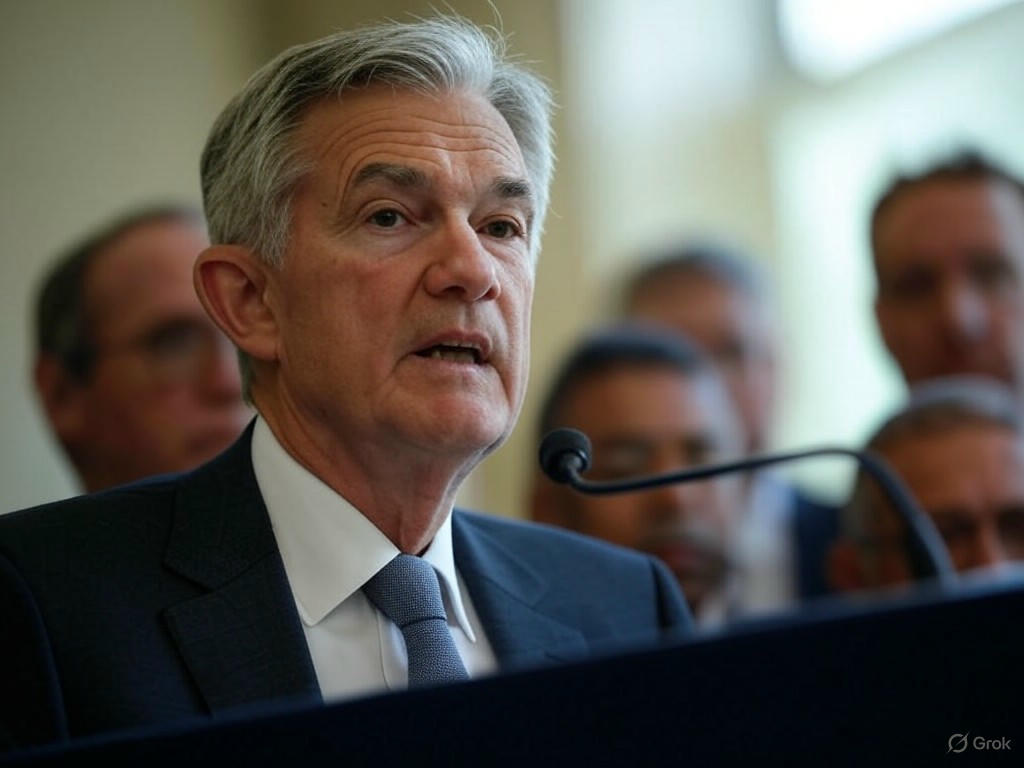In a widely anticipated move, the Federal Reserve is set to maintain current interest rates for the fourth consecutive meeting this week. As policymakers gather, their decision reflects a cautious approach, driven by the need for deeper insight into the evolving economic landscape shaped by recent government policy shifts. This steady stance underscores the central bank’s commitment to stability while navigating a complex web of fiscal and regulatory changes that could ripple through markets.
The decision to hold rates steady comes at a time when businesses and consumers alike are grappling with uncertainty. From potential tax reforms to infrastructure spending plans, the breadth of proposed government initiatives has created a fog of unpredictability. Fed officials have emphasized their desire to assess how these policies might influence inflation, employment, and overall growth before making any adjustments to borrowing costs. This wait-and-see approach is not merely a pause but a strategic choice to avoid premature actions that could destabilize the economy. Analysts suggest that the Fed is particularly focused on inflation trends, which have shown mixed signals in recent months, alongside labor market data that remains a critical indicator of economic health.
Market reactions to the Fed’s anticipated inaction have been relatively muted, with investors seemingly prepared for this outcome. Stock indices have held steady in the lead-up to the announcement, while bond yields reflect a cautious optimism that the central bank will act decisively when clearer data emerges. Small business owners, however, express mixed feelings. For many, stable interest rates provide a predictable environment for planning investments and managing debt. Yet, others worry that prolonged uncertainty could delay critical decisions, stunting growth in sectors reliant on affordable credit. Economists argue that the Fed’s patience could be a double-edged sword—while it prevents rash moves, it also risks falling behind if inflationary pressures mount unexpectedly.
Looking ahead, the Federal Reserve’s next steps will likely hinge on tangible outcomes from government policies currently under debate. Will proposed stimulus measures ignite consumer spending, or will regulatory changes dampen corporate confidence? These are the questions Fed officials are poised to answer in the coming months. For now, their message is clear: clarity trumps haste. As the global economy continues to recover from past disruptions, the Fed’s role as a stabilizing force remains paramount. By holding the line on rates, they aim to foster an environment where businesses can adapt and thrive, even amid uncertainty.
As the year progresses, all eyes will remain on the Federal Reserve for signs of a shift in policy. Until then, the message from Washington is one of patience and prudence. This latest decision may not make headlines for bold action, but it reinforces a deliberate strategy to safeguard economic stability in unpredictable times. For stakeholders across the financial spectrum, the wait for clarity continues, with the hope that the Fed’s caution will ultimately pave the way for sustainable growth.
